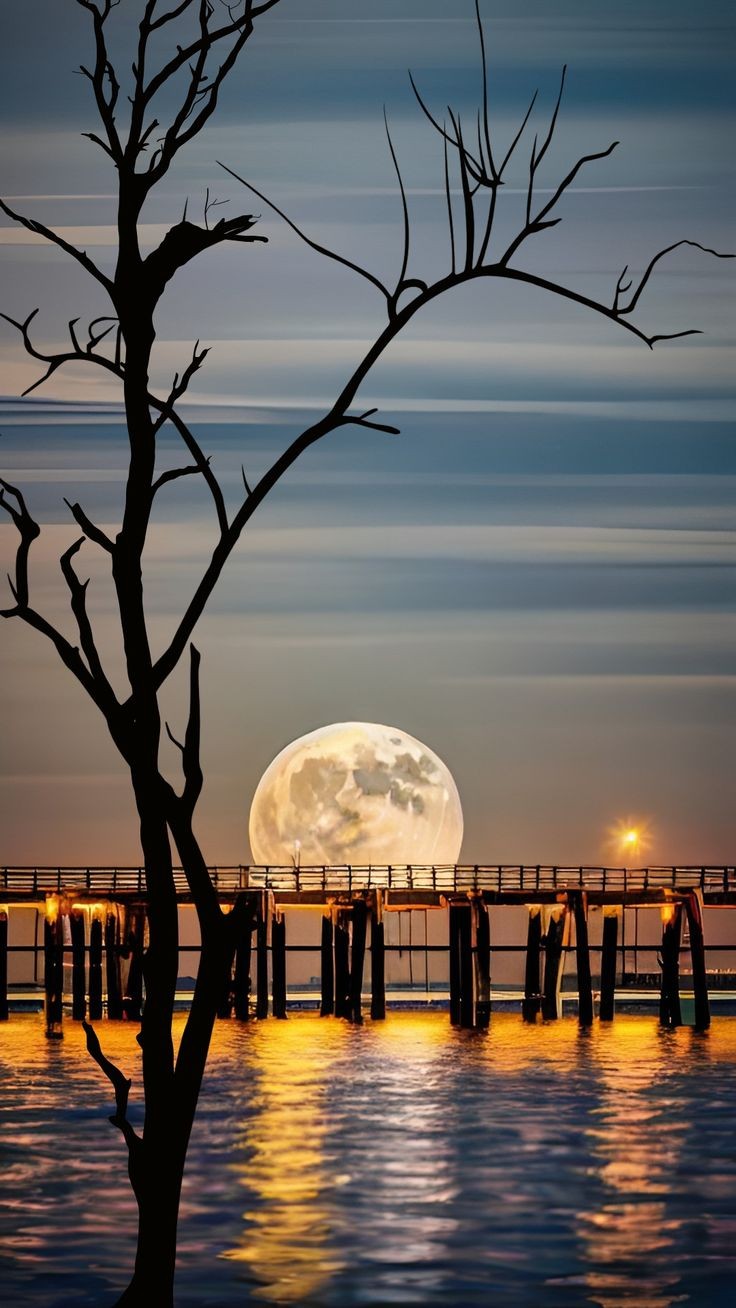Exploring the Moon: Earth's Mystical Satellite
The Moon, Earth's sole natural satellite, has been a source of fascination and inspiration throughout human history. Its presence in our night sky has influenced cultures, myths, and scientific inquiry for millennia. From ancient observations to modern explorations, the Moon remains a symbol of mystery and wonder. This article delves into the captivating aspects of the Moon, exploring its formation, features, and significance in both scientific and cultural contexts.
1. The Formation of the Moon
The Moon's formation is a subject of great interest and study. The most widely accepted theory is the giant-impact hypothesis, which suggests that the Moon formed about 4.5 billion years ago. According to this theory, a Mars-sized body, often called Theia, collided with the young Earth. The resulting debris from this colossal impact eventually coalesced to form the Moon. This theory is supported by evidence from moon rocks brought back by the Apollo missions and studies of lunar geology.
2. Phases and Surface Features
The Moon's appearance changes over time due to its orbit around Earth, resulting in a cycle of phases:
New Moon: The Moon is between Earth and the Sun, making it invisible from Earth.
Waxing Crescent: A small, crescent-shaped sliver of the Moon becomes visible as it moves away from the Sun.
First Quarter: Half of the Moon's surface is illuminated.
Waxing Gibbous: More than half of the Moon is visible, but it's not yet full.
Full Moon: The entire face of the Moon is illuminated, providing a bright and beautiful view.
Waning Gibbous: The Moon begins to wane as it moves past full.
Last Quarter: Another half-moon phase, but in the opposite direction from the first quarter.
Waning Crescent: A small crescent of the Moon remains before it returns to the new moon phase.
The Moon's surface is characterized by features such as:
Craters: These are impact sites from asteroids and comets. The most famous crater is the Tycho crater, known for its bright rays.
Maria: Large, dark plains formed by ancient volcanic activity. The term "maria" means "seas" in Latin, a nod to early astronomers who mistook them for actual seas.
Highlands: These are older, more rugged regions of the Moon, heavily cratered and elevated compared to the maria.
3. The Moon's Influence on Earth
The Moon plays a crucial role in Earth's natural systems:
Tides: The Moon's gravitational pull causes the ocean's tides, leading to high and low tides. This influence affects marine life and ecosystems.
Stabilizing Earth's Axis: The Moon helps stabilize Earth's axial tilt, which affects climate stability over long periods.
Biological Rhythms: Many species have evolved to respond to lunar cycles, with behaviors such as spawning in marine life linked to the lunar phases.
4. Historical and Cultural Significance
Throughout history, the Moon has held a special place in human culture:
Myths and Legends: Various cultures have myths about the Moon, often involving deities or supernatural beings. For example, in Greek mythology, Selene and Artemis were lunar goddesses.
Calendars: Many ancient calendars were based on lunar cycles, including the Islamic calendar and traditional Chinese calendars.
Art and Literature: The Moon has inspired countless works of art, poetry, and literature, often symbolizing themes of beauty, mystery, and romance.
5. Modern Exploration
Human interest in the Moon has led to significant exploration efforts:
Apollo Missions: NASA's Apollo program achieved the first manned Moon landing in 1969 with Apollo 11. Subsequent missions brought back valuable scientific data and samples, expanding our understanding of lunar geology.
Robotic Missions: Space agencies from around the world have sent robotic spacecraft to study the Moon. Notable missions include NASA's Lunar Reconnaissance Orbiter, which maps the Moon's surface in detail.
Future Missions: Plans for future lunar exploration include NASA's Artemis program, which aims to return humans to the Moon and establish a sustainable presence. Other international and private missions are also in development.
6. The Moon's Enduring Appeal
The Moon's allure extends beyond its scientific and practical significance. Its timeless beauty and enigmatic presence continue to inspire and captivate people worldwide. Whether through telescope observations, lunar photography, or cultural expressions, the Moon remains a symbol of curiosity and wonder.
Conclusion
The Moon, Earth's mystical satellite, offers a fascinating blend of scientific intrigue and cultural richness. From its formation and phases to its impact on our planet and its role in human history, the Moon continues to be a source of inspiration and discovery. As we look to the future of lunar exploration, the Moon remains a beacon of mystery and beauty, reminding us of the endless wonders that await beyond our earthly confines.






